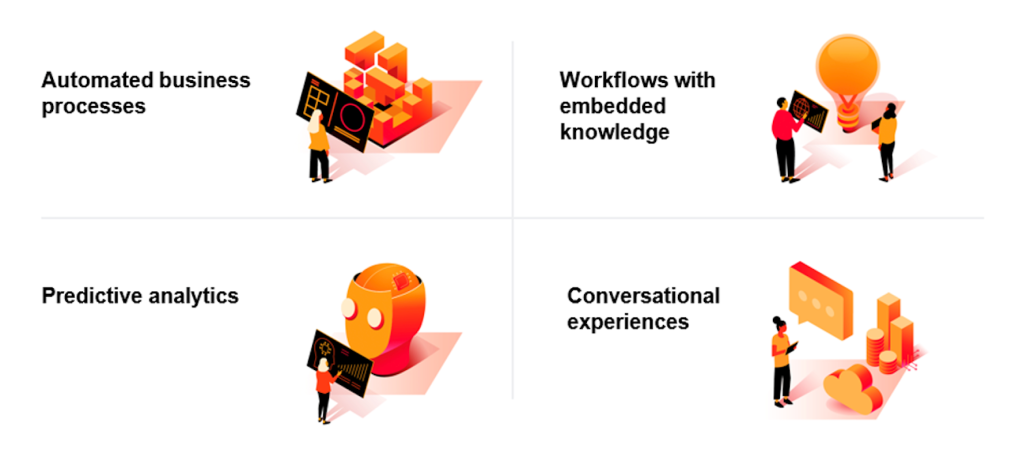Agentic AI and shifts in persona experiences made S/4HANA migration more critical for PwC

Over the last seven years, PwC has made significant investments in digital transformation. Our business urgency was driven by the need to scale global delivery, reimagine operations to manage costs, and empower our people with powerful digital experiences. The firm made significant investments and innovations in cloud, advanced analytics, and GenAI. But we recognized that modernizing our ERP core was a foundational dependency to applying these technologies to our operations, and to achieving the global, cost, and experience objectives.
We learned that traditional ROI methods for S/4HANA migration don’t always yield figures that will impress a CFO. Licensing and implementation costs stack up high relative to value from conventional process improvements from new functionality. But considering the technology suite – centered on the resilient S/4HANA applications and extended by new technologies and cloud services – the potential emerges for ERP to become a modern ERP core. And a modern ERP core is key to unlocking the next wave of automation and intelligence in business operations.
PwC recognized that future-proof business systems should enable four digital pillars – each representing a shift in how users will interact with business systems and data:

PwC
To enable these pillars across our technological ecosystem, our ERP stack needed to be more modern and more digital. So, we evolved our view of what a digital core must include. What are the elements of a modern ERP that can make it a valuable foundation for an intelligent enterprise? Here are the elements we have applied at PwC and are helping our clients apply:

PwC
These are all critical elements. Without them, it becomes significantly harder to build reliable, agentic AI for business processes that include ERP functionality or data. They also combine to make intelligence possible. To predict financial performance, for example, data must become more reliable at the source, as it’s transacted and classified. Maintaining reliable data at the source has traditionally been difficult for humans, but automations and co-pilots will help.
It is still important to develop a set of business improvement targets that can be traced to new functionality and process simplifications. It’s necessary for leadership approval and useful in motivating functional managers to help drive the program. But effective modernization should also aim to deliver these integral features that establish ERP as a foundational enabler for the four digital pillars. This is the digital core imperative.
The PwC global network now has multiple territories live on S/4HANA and is adding more sites quickly. We have digitally mapped each business process, deployed global standard data models, extended the solution with our own cloud-native creations (winning an unprecedented three SAP innovation awards in a row), and began testing how to use SAP applications with a conversational AI experience.
Achieving a digital core – combined with the lessons from our own transformation journey- has become a pivotal lens through which we can now guide clients.
So, hold on to your seats – we’re launching the next generation of business applications, and we’re just beginning to see how far this can take our firm and our clients.
We built for what’s next, so you can get there now.
Learn more about PwC’s cloud journey, view system demonstrations, or discuss how to build the architectural imperatives into your enterprise’s S/4HANA migration.
Jose Rocha
Principal
SAP Solution Studio Leader
jose.rocha@pwc.com
Mark Shields
Principal
SAP AI Leader
mark.shields@pwc.com
Karina Henneberger
Director
SAP Cloud Program Leader
karina.henneberger@pwc.com









